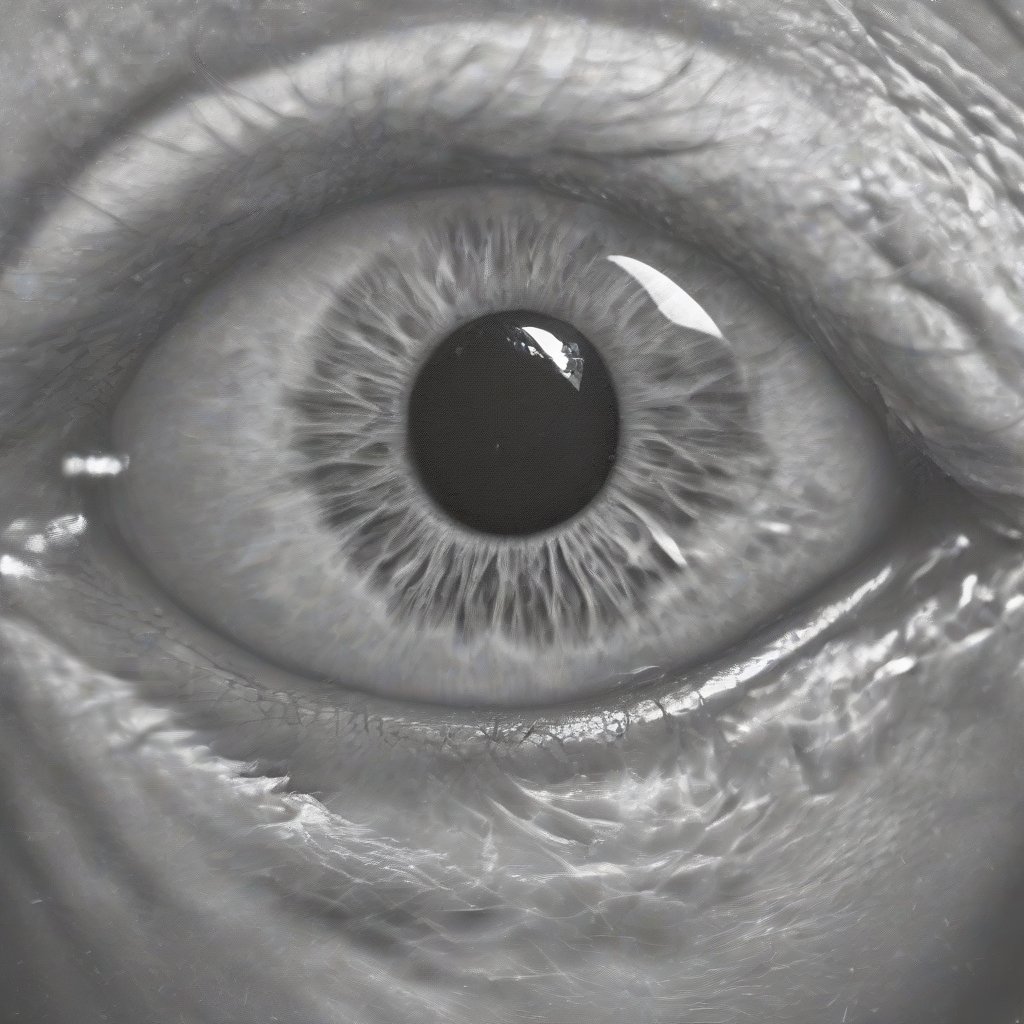Understanding Cataracts: Causes, Symptoms, Prevention, Treatment, Surgery, and Prognosis

Dr. Craig Smith, MD
4 Min read
Cataracts, a prevalent age-related eye condition, impact millions globally. This gradual clouding of the eye's natural lens can significantly compromise vision and, consequently, the quality of life. In this comprehensive guide, we will delve into the multifaceted aspects of cataracts, exploring the causes, symptoms, preventive measures, treatment options, surgical interventions, and the prognosis associated with this prevalent ocular condition.
Causes:
Cataracts, primarily an age-related condition, are a result of the breakdown and clumping together of proteins in the eye lens. While aging is a significant factor, other contributors include exposure to ultraviolet radiation, smoking, diabetes, certain medications, and genetic predisposition. Delving deeper into the causes reveals that lifestyle choices, such as maintaining a healthy weight through regular exercise and a balanced diet, can play a crucial role in preventing cataract development. Additionally, environmental factors, like exposure to pollution and certain chemicals, may elevate the risk, emphasizing the importance of workplace safety measures and protective eyewear.
Symptoms:
Recognizing the symptoms of cataracts is essential for early intervention. As the condition progresses, symptoms become more pronounced. Beyond the commonly known symptoms such as blurred vision, sensitivity to light, and difficulty seeing at night, the impact on daily life is profound. For instance, diminished night vision not only poses safety concerns but can also lead to a reduction in overall independence. The fading of colors might affect an individual's enjoyment of art or nature, influencing their emotional well-being. Moreover, the psychological aspects of living with cataracts, including frustration and anxiety, underscore the need for emotional support from family and friends.
Prevention:
Preventing cataracts involves a multifaceted approach. While age and genetics are beyond our control, lifestyle choices significantly influence eye health. Maintaining a healthy weight through regular exercise and a balanced diet rich in antioxidants, vitamins, and minerals can positively impact ocular health. Emphasizing the importance of protecting the eyes from ultraviolet radiation by wearing sunglasses that block both UVA and UVB rays becomes crucial in preventive strategies. Additionally, adopting workplace safety measures to reduce exposure to harmful substances and chemicals can mitigate environmental risks.
Regular eye check-ups are fundamental for early detection and intervention. Beyond the detection of cataracts, routine eye examinations can uncover other eye conditions, allowing for timely management and improved overall eye health.
Treatment:
In the early stages of cataracts, vision can be managed with prescription glasses or contact lenses. However, as the condition progresses, surgery becomes the primary treatment option. Cataract surgery is a highly successful and routine procedure, with millions performed worldwide annually. Expanding on the treatment section involves delving deeper into the advancements in surgical techniques and lens technology. Phacoemulsification, the most common technique, utilizes ultrasound energy to break down the cloudy lens for easier removal. Highlighting the evolution of surgical procedures over time and the benefits of newer technologies can help readers appreciate the continuous improvements in eye care.
The Intraocular Lens (IOL) implantation, a pivotal aspect of cataract surgery, deserves detailed exploration. IOLs come in various types, including monofocal, multifocal, and toric lenses, each catering to specific vision needs. Furthermore, the emergence of Laser-Assisted Cataract Surgery (LACS), where lasers assist in specific surgical steps, underlines the dynamic nature of cataract treatment.
Prognosis:
Cataract surgery boasts an excellent prognosis with a high success rate and minimal complications. Post-surgery, patients often experience improved vision shortly after the procedure, and the recovery process is generally swift. However, acknowledging the rare risks, such as infection or inflammation, is essential for informed decision-making.
Beyond the physical aspects, understanding the psychological impact of post-surgery life is crucial. Encouraging patients to express concerns and addressing emotional well-being is integral to a comprehensive recovery process. Moreover, detailing potential lifestyle adjustments post-surgery, such as avoiding strenuous activities and adhering to prescribed eye drops, contributes to a smoother recovery process.
Conclusion:
Cataracts, though common, are treatable, allowing individuals to regain clear vision and enhance their overall quality of life. Understanding the causes, recognizing symptoms, adopting preventive measures, and staying informed about treatment options are crucial steps in managing cataracts effectively. Regular eye check-ups and a proactive approach to eye care contribute to early detection and timely intervention, ensuring optimal outcomes for those affected by cataracts. As advancements in medical technology continue, the future looks promising for individuals seeking improved vision and a brighter outlook on life.